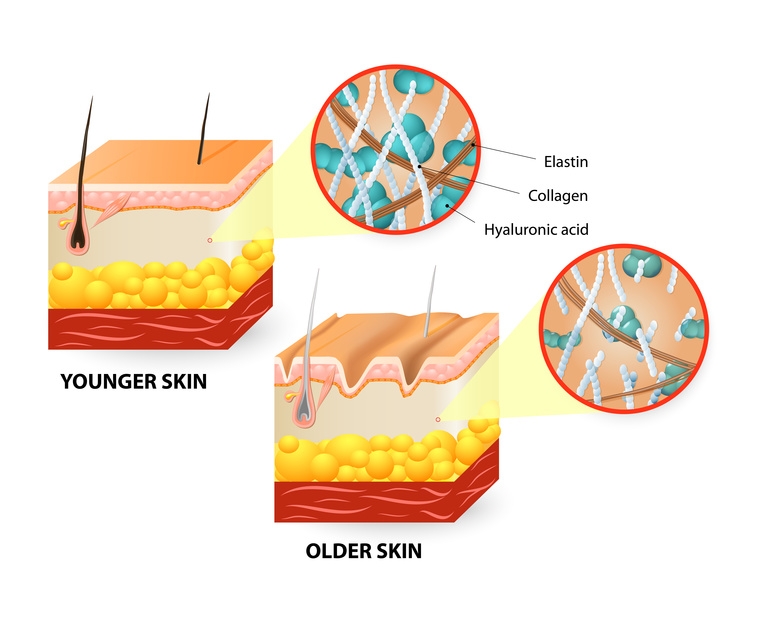Real time visualization of cellular events by Live Cell Imaging (LCI) has led to a better understanding of the global dynamic biological process. In a constantly evolving field, tebu-bio regularly introduces innovative tools, such as this selection of 5 new LCI probes.

With a complete offer of LCI probes, summarized in our interactive webpage, we are constantly looking to improve our offer and provide you new solutions to support your daily work. For that I have selected 5 new and innovative LCI probes developed by Funakoshi.
Reversible Cytoplasm Blue Labelling
CytoSeeing is newly developed blue fluorescent probe allowing reversible labelling of cytoplasm to simply visualize cell morphology (fig.1) in comparison to other celltracker probes.

Co-staining with the nuclear staining probe (acridine orange) and CytoSeeing in A549 cells.
CytoSeeing signal is not overlapping with nuclear staining.
- Blue fluorescent probe: Em/Ex = 345nm/456nm (compatible with DAPI filter).
- Easy and fast labeling protocol: Just need to add probe to culture medium (5 min for labeling). Compatible with adhesive and suspension cells.
- Removable: Replace with fresh medium without Cytoseeing probe. Cells can be reused.
- NO staining of Nucleus: Essentially localized in ER and Golgi membrane.
- No effect on cell proliferation.
Green Nucleus fluorescent dye
This specific DNA green fluorescent probe called NucleoSeeing can be used classically on animals cells and tissues, but more interestingly on plant cell nucleus (fig. 2) and also as a nucleus pH sensor.

Fig.2: Staining of Arabidopsis thaliana Guard cells
Arabidopsis thaliana leaves were treated with 20 μM NucleoSeeing in 10 mM MES-KOH, 50 mM KCl (pH 6.2) buffer for 60 min and observed under living condition
- Green fluorescent probe: Em/Ex = 488nm/520nm
- Low cytotoxicity
- Usable with both live and fixed cells
- Can be used on animal samples and plant cells
- Removable: Can be washed out by replacing the medium. Cells can be reused.
- Can be used as nucleus pH sensor.
Cellular Temperature sensor
This new Cellular Thermoprobe is a fluorescent polymeric thermometer for living cells. Based on FLIM technology (Fluorescence Life Time Microscopy) it gives information about intracellular temperature distribution (Fig. 3) and finally provides unprecedented scientific insights.

Confocal fluorescence image (left) and fluorescence lifetime images (right) of the “Cellular Thermoprobe for Fluorescence Lifetime” in HeLa cells. N indicates the nucleus.
- Compatible with FLIM technology
- Cell permeability: No need for microinjection
- Usable for both adherent and suspension cells
- Highly photostable
- Distinguish intracellular temperature at organelle level
Fluorescent Live Receptor
The Live Receptor product range from Funakoshi are the first fluorescent target specific receptor labelings. Made of three different domains (Fig.4), the receptor is specifically labelled with fluorescein and its functions are still kept.
We present you today two Live Probes for GABAA and AMPA Receptor

- Can label fluorescein to endogenous AMPA and GABA receptor
- Highly specific
- Signal for 1 to 4 hours after adding LiveReceptor to medium.
- No cell permeability – only receptors on cell surface can be labeled.
- Receptor function maintain after labeling
Lipid Dye
New LipiDye is a highly sensitive fluorescent dye for lipid droplets. Compared to conventional lipid droplet detection dye (Nile Red or boron-dipyrromethene), LipiDye has higher S/N ratio and photo-stability (Fig.5).

Fig.5: Comparison data between LipiDye and Nile Red
Lipid droplet in Adipocyte is stained with LipiDye or Nile Red. Nile Red also stains cytoplasm, while LipiDye specifically stains lipid droplet clearly.
- Em/Ex = 488nm/520nm
- Selectively incorporated into lipid droplets and gives out green fluorescence.
- No fluorescence is observed in solution
- Compatible with both live and fixed cell
- Can be used for Live Cell Imaging
Looking for a different kind of probe?
Take a look at our our interactive web page to easily select and order the LCI probe you need!



